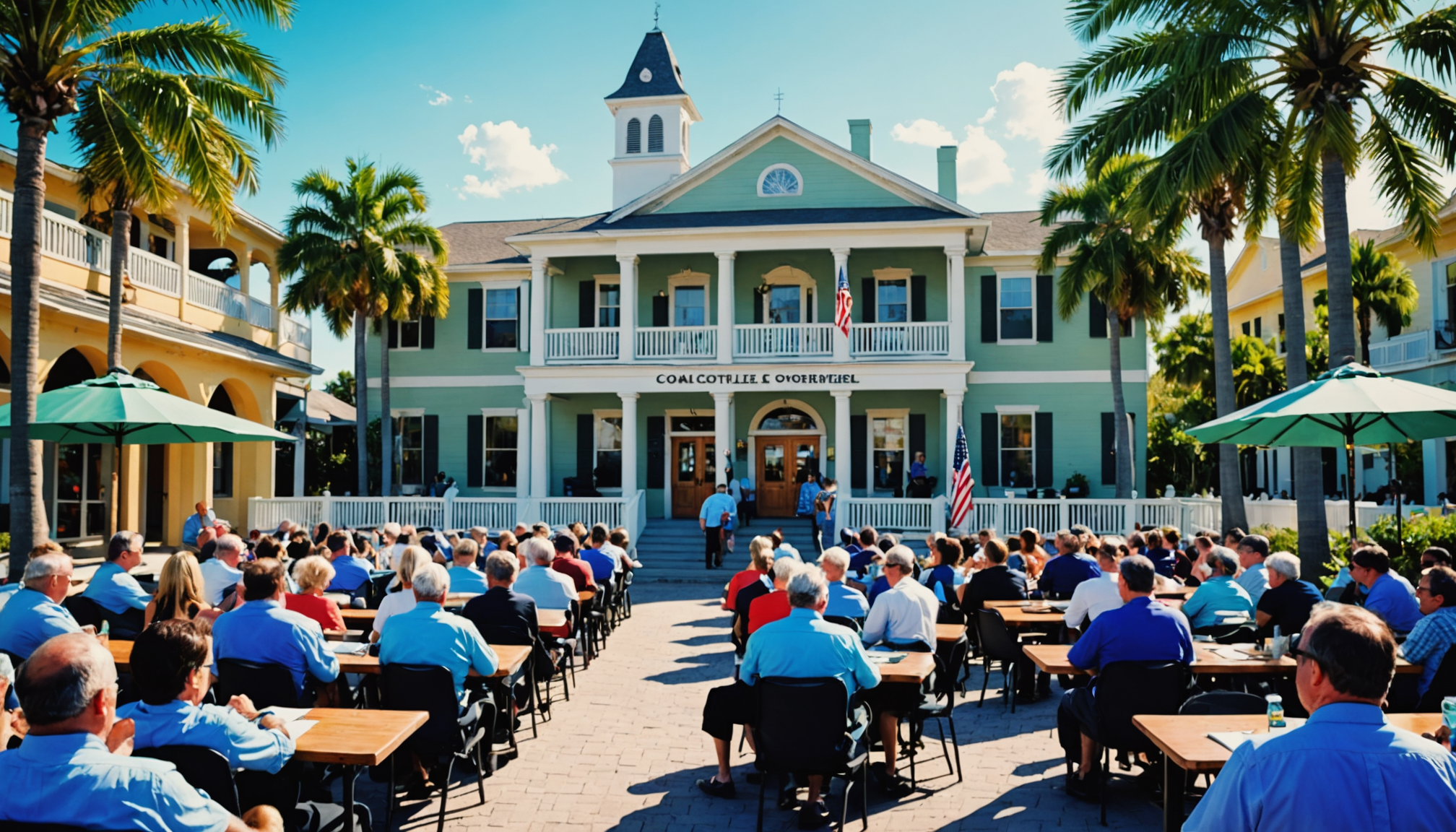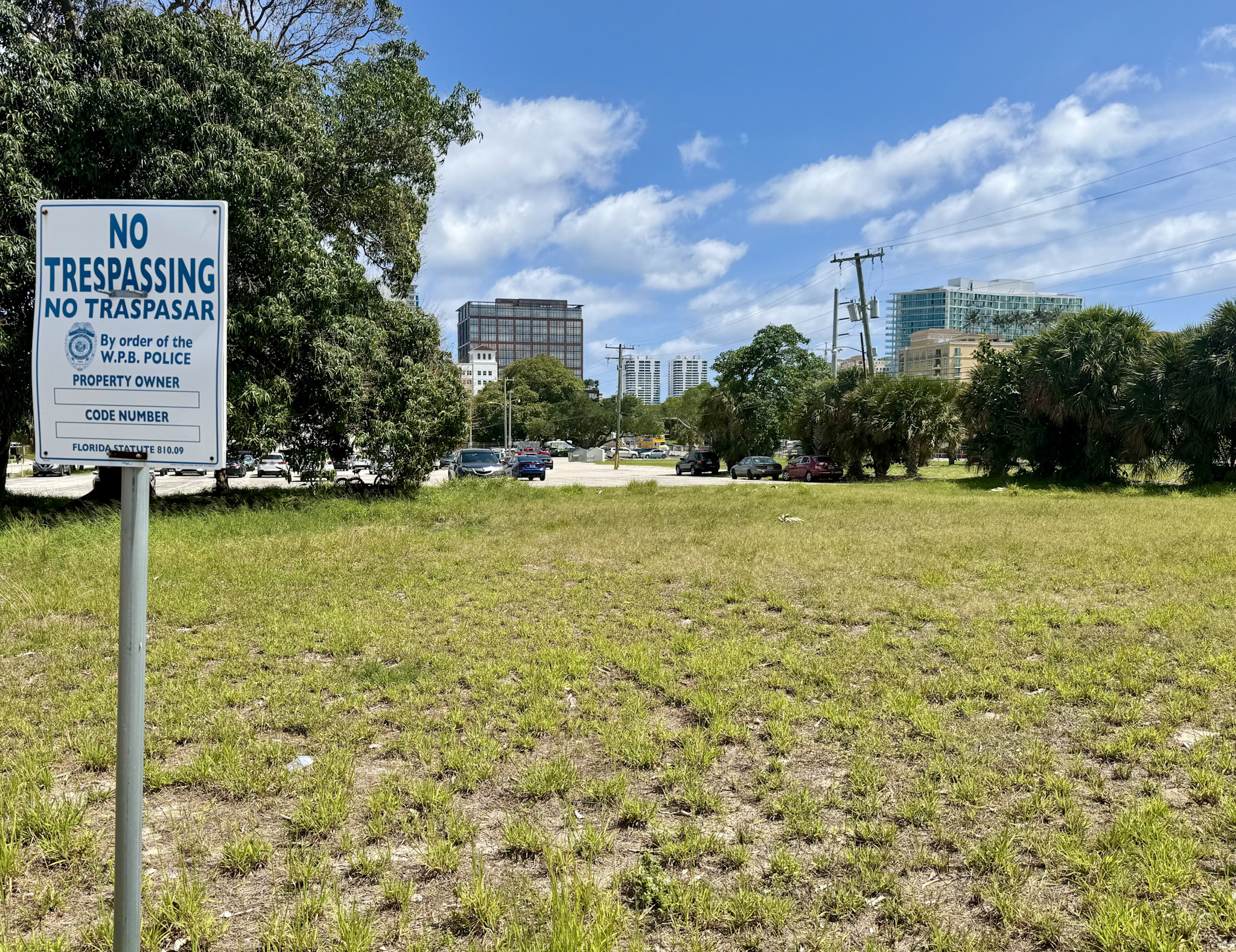
Fort Myers Beach Comprehensive Plan Review: Community Engagement and Sustainable Development Goals Focus
Introduction
The Town of Fort Myers Beach Council and Local Planning Agency convened a joint meeting to discuss community input regarding the town’s comprehensive plan and land development code, with an emphasis on potential changes. This initiative aligns with the Sustainable Development Goals (SDGs), particularly SDG 11 (Sustainable Cities and Communities) and SDG 15 (Life on Land), aiming to foster sustainable urban development while preserving natural and cultural assets.
Community Engagement Process
The planning staff compiled a community engagement report based on public sessions held during the reopening of the Fort Myers Beach Public Library and at a Bayside Veterans Park concert. The outreach efforts sought to capture residents’ priorities, concerns, and vision for the town’s future development.
Key Findings from Community Input
- Concerns About Development Scale and Impact
- Opposition to tall structures that obstruct views, cast shadows, or alter the town skyline.
- Common suggestion to enforce height limits of no more than six stories to maintain aesthetic openness.
- Apprehension about oversized or dense developments increasing strain on infrastructure, relating to SDG 9 (Industry, Innovation, and Infrastructure).
- Preservation of Small-Town Identity
- Desire to resist high-density development that detracts from community character.
- Emphasis on promoting community unity, especially in rebuilding efforts post-Hurricane Ian, supporting SDG 11.
- Vision descriptors included “peaceful,” “quaint,” “welcoming,” and “natural.”
- Support for Local Amenities
- Interest in expanding restaurants, medical facilities, and retail options to enhance quality of life, aligning with SDG 3 (Good Health and Well-being) and SDG 8 (Decent Work and Economic Growth).
Community Priorities and Themes
The engagement report highlighted a community deeply committed to preserving its identity, with active participation predominantly from residents aged 65 and older. The following themes emerged:
- Preserving Small-Town Feel and Community Cohesion (SDG 11)
- Enhancing Parks and Public Spaces
- Residents value accessible, well-maintained parks critical for recreation, health, and social cohesion, supporting SDG 3 and SDG 15.
- Addressing Traffic and Transportation Challenges
- Concerns about congestion and pedestrian safety.
- Suggestions included improving walkability, implementing traffic calming measures, and expanding bike infrastructure, promoting SDG 11 and SDG 13 (Climate Action).
- Protecting Natural and Cultural Assets
- The beach is recognized as the town’s greatest natural asset, with calls for protection, sustainable access, and cleanliness (SDG 14 – Life Below Water, and SDG 15).
- The Mound House is identified as a cultural treasure, with community support for its funding and promotion as a tourism and heritage asset (SDG 11 and SDG 8).
Next Steps and Recommendations
- The Town Council has requested additional community feedback on the proposed Comprehensive Plan update before final approval, ensuring inclusive participation consistent with SDG 16 (Peace, Justice, and Strong Institutions).
- The joint meeting aims to summarize outreach efforts and incorporate community suggestions into the final Comprehensive Plan update.
- Focus on balancing growth with preservation to maintain the town’s traditional character and promote sustainable development.
Conclusion
The comprehensive plan engagement underscores Fort Myers Beach’s commitment to sustainable development by integrating community values with the Sustainable Development Goals. Key priorities include preserving the small-town identity, enhancing public spaces, improving transportation infrastructure, and protecting natural and cultural resources. These efforts contribute to building a resilient, inclusive, and sustainable community for current and future generations.
1. Sustainable Development Goals (SDGs) Addressed or Connected to the Issues Highlighted in the Article
- SDG 11: Sustainable Cities and Communities
- The article discusses community planning, land development, and preserving the small-town identity of Fort Myers Beach.
- Concerns about building height, density, and infrastructure strain relate directly to sustainable urban development.
- Focus on parks, public spaces, traffic, and transportation improvements.
- SDG 3: Good Health and Well-being
- Emphasis on pedestrian safety, walkability, and access to medical facilities.
- Promotion of community cohesion and health through parks and recreation.
- SDG 15: Life on Land
- Protection and sustainability of natural assets like the beach and cultural sites such as the Mound House.
- SDG 9: Industry, Innovation, and Infrastructure
- Addressing infrastructure strain and transportation improvements.
2. Specific Targets Under Those SDGs Identified Based on the Article’s Content
- SDG 11: Sustainable Cities and Communities
- Target 11.3: By 2030, enhance inclusive and sustainable urbanization and capacity for participatory, integrated and sustainable human settlement planning and management.
- Target 11.7: Provide universal access to safe, inclusive and accessible, green and public spaces.
- SDG 3: Good Health and Well-being
- Target 3.6: By 2020, halve the number of global deaths and injuries from road traffic accidents.
- Target 3.4: Reduce premature mortality from non-communicable diseases through prevention and treatment and promote mental health and well-being.
- SDG 15: Life on Land
- Target 15.1: Ensure the conservation, restoration and sustainable use of terrestrial and inland freshwater ecosystems and their services.
- Target 15.4: Ensure the conservation of mountain ecosystems, including their biodiversity.
- SDG 9: Industry, Innovation, and Infrastructure
- Target 9.1: Develop quality, reliable, sustainable and resilient infrastructure.
3. Indicators Mentioned or Implied in the Article to Measure Progress Towards the Identified Targets
- SDG 11 Indicators
- Proportion of urban population living in slums, informal settlements or inadequate housing (implied through concerns about development quality and density).
- Percentage of urban areas with access to public green spaces (parks and public spaces emphasis).
- Community satisfaction and engagement levels in urban planning processes (public engagement sessions and surveys).
- SDG 3 Indicators
- Number of road traffic deaths and injuries (implied through concerns about traffic and pedestrian safety).
- Access to healthcare facilities (desire for expanded medical facilities).
- SDG 15 Indicators
- Area of protected natural habitats (beach and cultural site protection).
- Measures of ecosystem health and biodiversity at cultural and natural sites.
- SDG 9 Indicators
- Infrastructure resilience and capacity metrics (implied by concerns about infrastructure strain from development).
- Quality and availability of transportation infrastructure (traffic calming, bike infrastructure, walkability).
4. Table: SDGs, Targets and Indicators
| SDGs | Targets | Indicators |
|---|---|---|
| SDG 11: Sustainable Cities and Communities |
|
|
| SDG 3: Good Health and Well-being |
|
|
| SDG 15: Life on Land |
|
|
| SDG 9: Industry, Innovation, and Infrastructure |
|
|
Source: fortmyersbeachtalk.com







